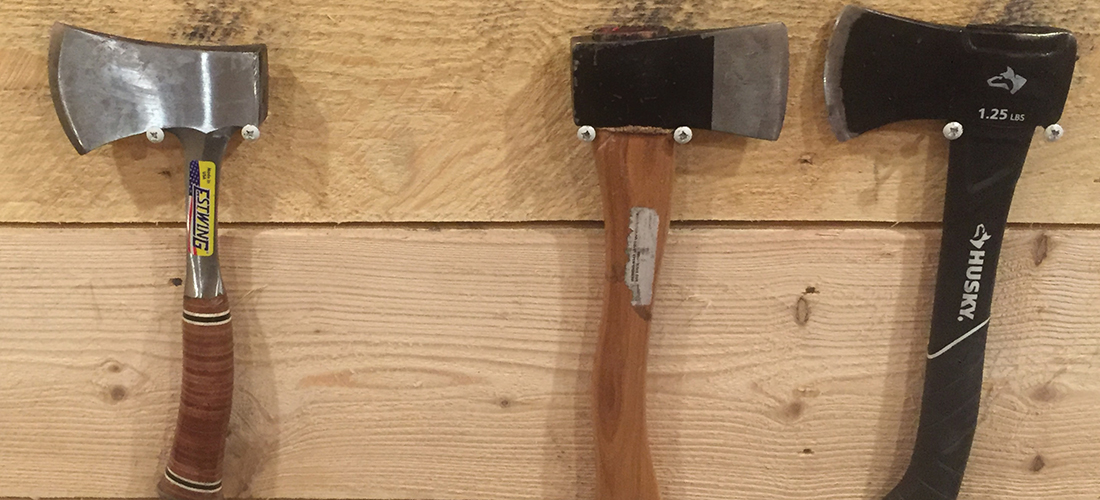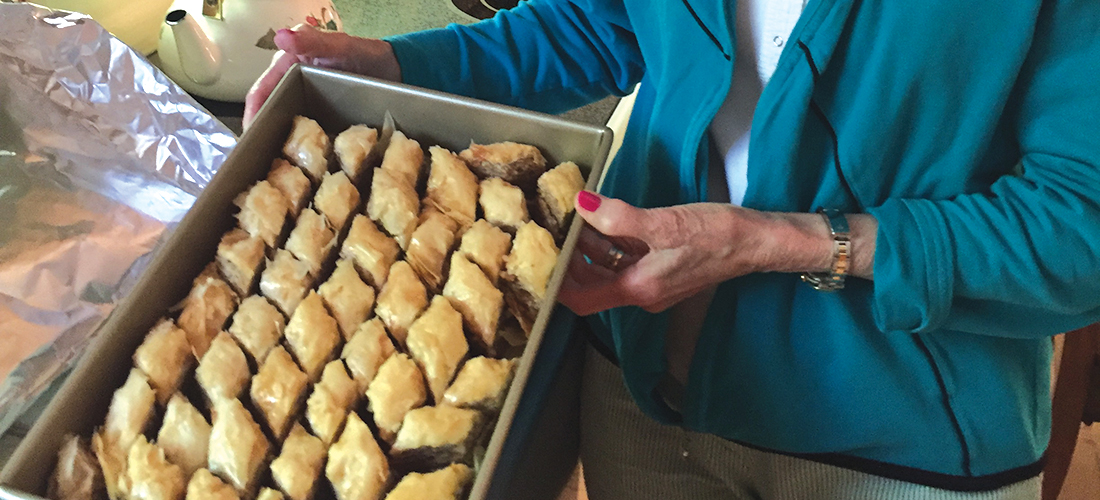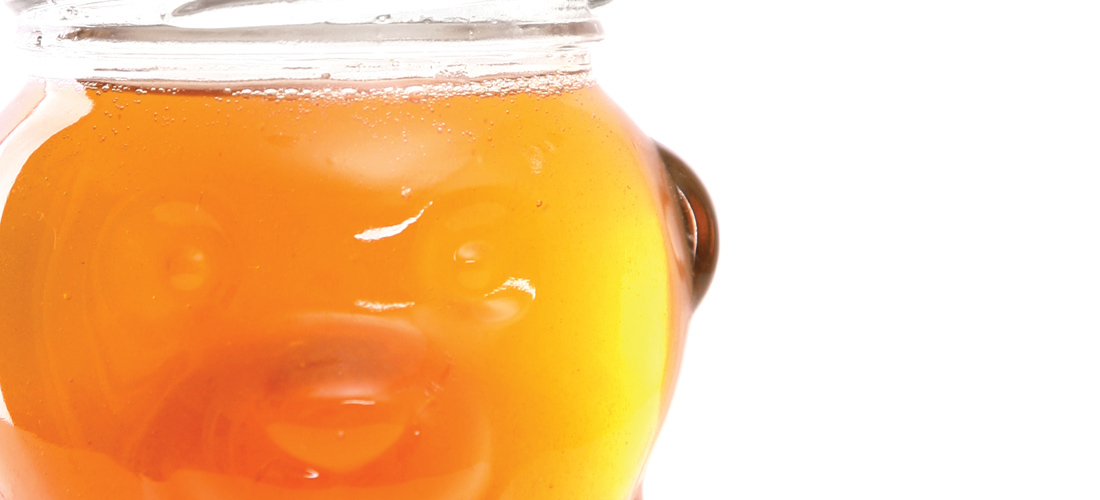Life’s Funny
Chop House
The sport of axe-throwing lands in the Piedmont
By Maria Johnson
Tony Wohlgemuth, the wizard of Kersey Valley amusement park in Archdale, has noticed an invasion of sorts along our northern border: Lots of trends in entertainment attractions come from Canada.
Take escape rooms, the group puzzle solving exercises built around storylines. They were a craze up yonder before they migrated here.
Now, the maple-flavored sport of axe-throwing — think of it as darts on steroids — is sweeping the United States, mostly as a bar game because, you know, who can resist mixing sharp blades with alcohol?
In this area, Wohlgemuth was the first to take a whack at it, having opened his indoor and outdoor venues earlier this year, but his attractions are a bit of a throwback. They’re alcohol-free in keeping with Kersey Valley’s family-friendly atmosphere.
Just good, old-fashioned blade-chucking here. In case you’re picturing long-handled axes à la Paul Bunyan, be advised the instruments of the sport are more like hatchets. They’re 14 inches long and weigh about a pound each, so they’re fairly easy to hurl end-over-end.
“It’s kind of Medievalish. There’s something empowering about it,” says Wohlgemuth, who started Kersey Valley on his family farm in 1985 and has grown it — with the help of his wife Donna, and his business partner David Rundberg — into an entertainment hub, with escape rooms, laser tag, zip line, high-ropes course, a corn maize and — the real haymaker — Spookywoods in the fall.
Wohlgemuth constantly scans the horizon for new attractions, so his interest was piqued when he spotted axe-throwing on YouTube back in 2016.
He checked with his insurance guy.
“Forget about it,” came the reply.
Wohlgemuth kept his eye on axe-throwing. He watched competitions on ESPN and delved into the rules and regulations of WATL, the World Axe Throwing League.
In January, Wohlgemuth was getting ready to refresh his oldest escape room, which had rough-cut pine walls and smelled of pitch, when an idea struck him: what if they used the room for axe-throwing?
He measured to make sure two 12-foot lanes would fit — they would — and he called a Chicago outfit, Axe Insurance Co., that has carved a real niche, so to speak.
Yes, they said, they would cover participants and spectators at Kersey Valley.
Wohlgemuth prodded. Would they cover an outdoor axe-throwing experience with 11 stations along a trail once used for Segway tours?
Well, you’d be the first to try that, but shurrrrrrrrre, came the answer.
Wohlgemuth was in business. He opened his axe attractions in early February.
“We’ve been booked every Saturday since then,” he says.
Corporate groups, clubs, couples, friends and families have given the sport a whirl.
On a recent weekday afternoon, 33-year-old Meghan Williams of Charlotte, and 33-year-old Greg Collins of Greensboro, celebrated their second year of dating with a 90-minute trip to the axe room, which Greg heard about from a friend where he works at . . . wait for it . . . a hospital.
Truth is so much better than fiction.
During a safety session, they learned the basic rules of axe-throwing, which include, but are not limited to:
Never hand an axe to anyone.
Never throw an axe at anyone.
Never touch the sharp edge of an axe while asking, “Is it sharp?”
Their “Axe-pert Instructor” Sydney Parks explained the throwing motion: a chop from the elbow rather than a throw from the shoulder. The axe should make one rotation before hitting the target, which is painted on pine planks. Ideally, the top corner of the blade will sink into the soft wood.
After a few dozen practice throws, Greg and Meghan started their games. An electronic scoreboard kept track. Eighties music played in the background at their request.
Greg, who grew up throwing axes at stumps on a farm in Ohio, narrowly won the first game.
He celebrated a bullseye by vigorously ringing a brass bell on the wall.
“That was forceful,” Meghan observed dryly.
A couple of throws later, she stuck the bullseye, swaggered to the bell and gave it a hearty clang.
“What’s that, Collins?” She teased.
They laughed.
Women tend to do better than men at axe-throwing, says Wohlgemuth. “Men try to muscle it, but it takes more finesse than brute strength. It’s a great equalizer.”
In fact, the record for most points on the outdoor course is held by a 10-year-old boy. Kersey Valley recommends that children be 13 to play, but if a young ’un is able to handle it, they can fling an axe, too.
“It’s all in the technique,” says Wohlgemuth. “If the technique is right, it doesn’t take much strength.”
And that may be the kindest cut of all. OH
Maria Johnson is a contributing editor of O.Henry. To see a slow-motion video of Greg Collins in action, go to O.Henry’s Facebook page.






